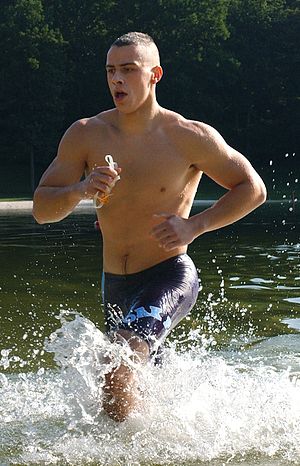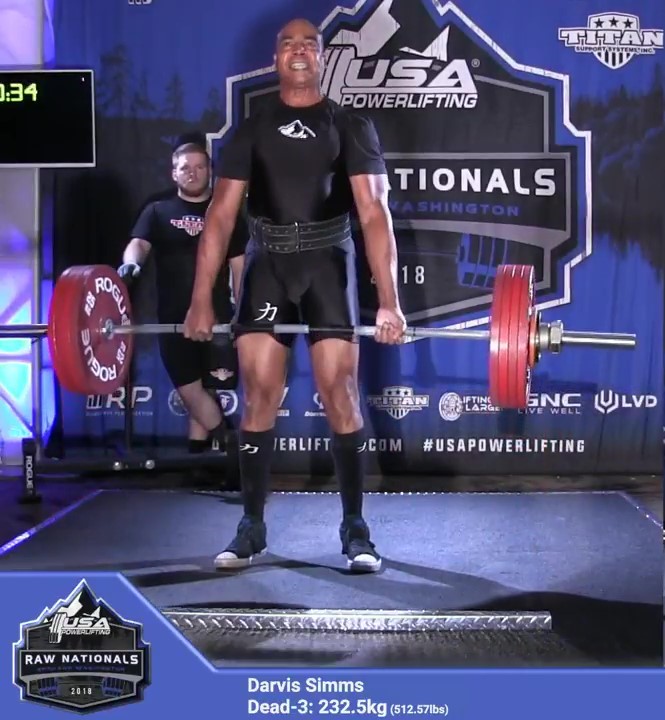 Image via Wikipedia
Image via WikipediaWith obesity at epidemic proportions these days, lots of companies are trying to get into the prepackaged meals game. In marketing their products most of these companies state that their prepackaged meals are based on the science of the "glycemic index." This statement leaves most people wondering what is the glycemic index and why would eating foods based on this science help them to lose weight? In this post I'll attempt to briefly explain the science of the gylcemic index and how it can assist you in your efforts to lose weight.
Maintaining a steady blood sugar level is very important component of your dieting effort. Whether you know it or not, your body breaks down all digestible carbohydrates into blood sugar. Some are converted into blood sugar faster than others. Thus, some carbohydrates cause a spike in your blood sugar level which causes you to feel hungry faster and to crave more sugary foods. While other carbohydrates are converted into blood sugar more slowly leveling out you blood sugar resulting in less hunger and less food cravings.
For this reason, the Glycemic Index (GI) was developed to classify how quickly your body converts carbohydrates into blood sugar as compared to pure glucose. Glucose has a GI of 100 and all other carbohydrate based foods are ranked against it. Foods with a score of 70 or more are defined as having a high GI while those with a score of 55 or less are considered as low.
Eating lots of food with a high GI causes spikes in your blood sugar level which can lead to many health issues such as type 2 diabetes, heart disease, and obesity. While eating low GI foods causes your blood sugar level to stay even thus, keeping your energy level balanced and causing you to fill fuller longer between meals. The following are some additional benefits of eating low GI carbohydrates.
· Helps you to lose and manage weight your weight.
· Increases your body's sensitivity to insulin.
· Decreases your risk of developing type 2 diabetes.
· Reduces your risk of heart disease.
· Improves your blood cholesterol levels
· Reduces hunger and keep you fuller for longer.
· Helps you prolong physical activity.
· Helps you to re-fuel your carbohydrate stores after exercise.
You can get the GI rating of hundreds of carbohydrate based foods from the Glycemic Index Foundation, sponsored by the University of Sydney in Australia. They maintain a searchable database of over 1600 entries at
http://www.glycemicindex.com.
The GI is very interesting because some foods that you intuitively think would have a high rating do not. For instance, fructose which is fruit sugar has a minimal effect on blood sugar while white bread and French-fried potatoes are nearly converted to blood sugar as fast as pure glucose. In other words, you can’t classify foods as having a high or low GI according to the sweetness of taste. Many factors affect a foods GI such as:
· Processing: Grains that have been milled and refined have a higher GI
· Type of starch: Starches come in many different configurations. Some are easier to break into sugar molecules than others. For example, starch in potatoes is digested and absorbed into the bloodstream relatively quickly.
· Fiber content: The sugars in fiber are linked in a way that is hard for your body to break down. Thus, the more fiber a food has, the less digestible carbohydrate, and consequently the less sugar it can deliver into your blood stream.
· Fat and acid content: The more fat or acid a food contains, the slower its carbohydrates are converted to sugar and absorbed into your bloodstream.
· Physical form: Finely ground grain is more rapidly digested, and so has a higher GI than more coarsely ground grain.
The basic technique for eating the low GI way is simply a "this for that" approach - i.e., swapping high GI carbohydrates for low GI carbohydrates. You don't need to count numbers or do any sort of mental arithmetic to make sure you are eating a healthy, low GI diet. Follow these easy to implement suggestions.
· Use breakfast cereals based on oats, barley and bran
· Use breads with whole-grains, stone-ground flour, sour dough
· Reduce the amount of potatoes you eat
· Enjoy all other types of fruit and vegetables
· Use brown rice
· Enjoy whole-wheat pasta and noodles
· Eat plenty of salad vegetables with a vinaigrette dressing
As you can see it’s important to include the right kind of carbohydrates as part of your daily intake. I generally get about 50 percent of my daily calorie intake from low to medium glycemic index carbohydrates. I find that this amount gives me plenty of energy for all my daily activities. You’ll find that eating low to medium GI carbohydrates levels out your energy and keeps you from those highs and low points throughout the day. I hope the next time you hear the expression "based on the science of the glycemic index", you'll say, I know what that is.
 Image via WikipediaI've been searching the web recently for credible information on exercise and fitness. I'm amazed at the huge number of programs promising dramatic results in as little as 15 days. I'm a certified personal trainer, fitness author, and competitive natural bodybuilder and I know better than to subscribe to one of these programs, but the general public does not.
Image via WikipediaI've been searching the web recently for credible information on exercise and fitness. I'm amazed at the huge number of programs promising dramatic results in as little as 15 days. I'm a certified personal trainer, fitness author, and competitive natural bodybuilder and I know better than to subscribe to one of these programs, but the general public does not.














